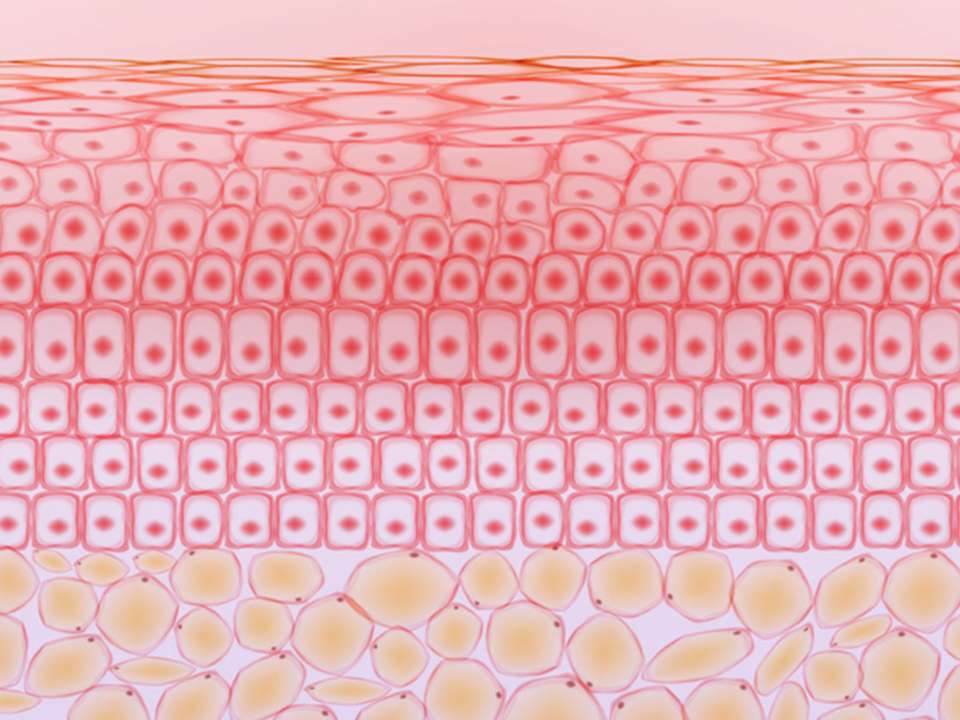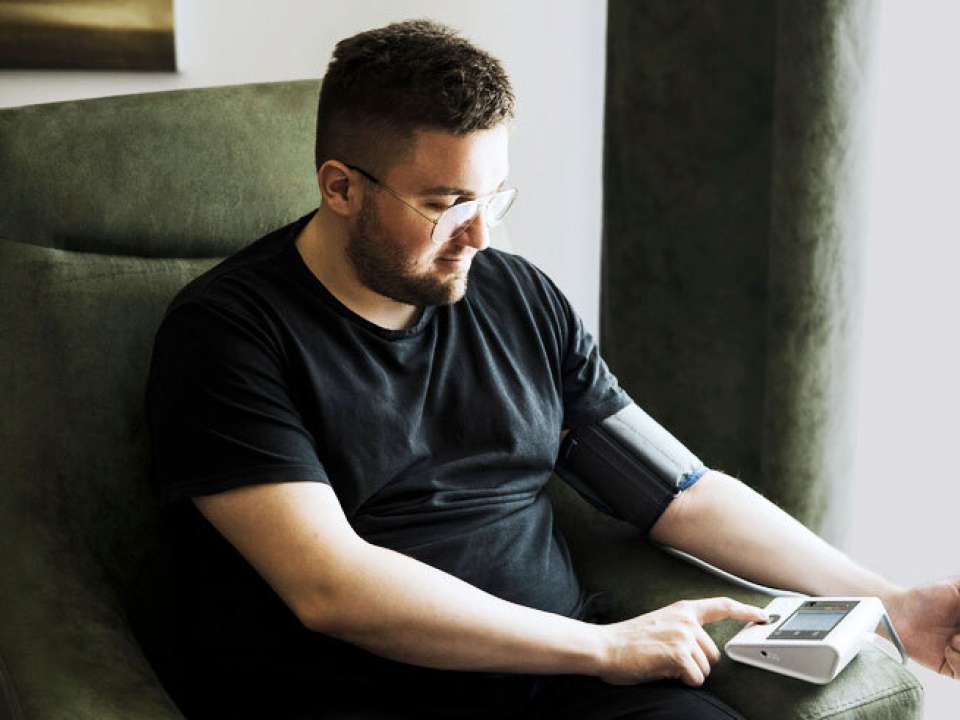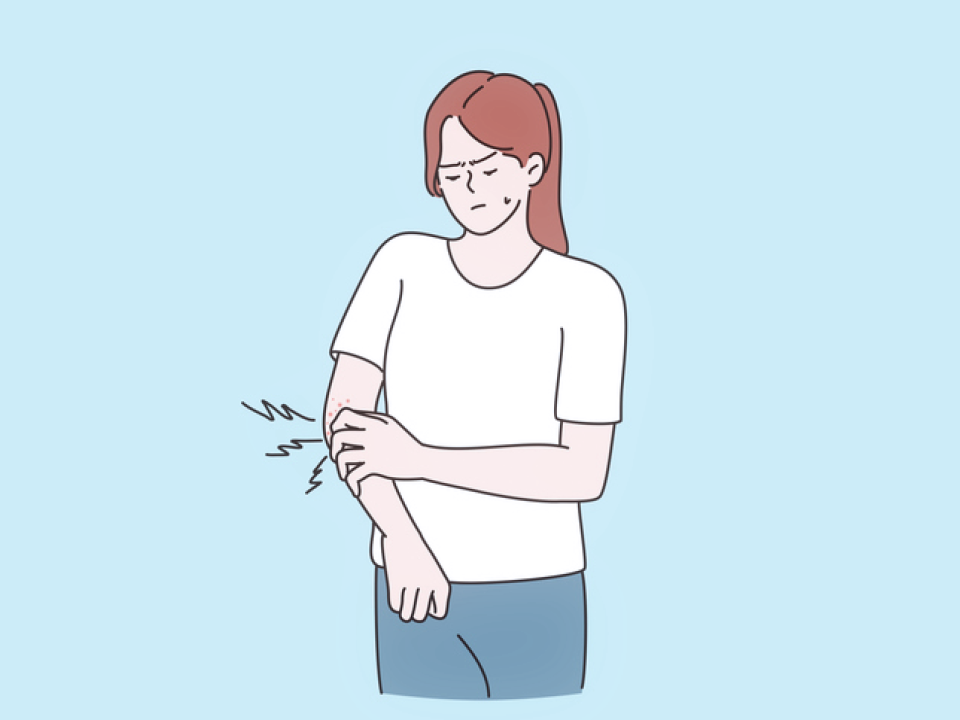
You already gave birth. Nothing else should be bulging its way out of your vagina — or worse, falling out of your rectum like something out of a very uncomfortable, backward sci-fi birth.
Unfortunately, the human body is as strange as it is beautiful, and sometimes, a person might experience a pelvic prolapse — an organ or body part partially falling out or bulging out of the vagina or rectum — during their postpartum months.
And while not a medical emergency, as physically uncomfortable and awkward as it is, getting treatment can help your body parts get back to where they should be — and help you get back to your baby.
Why does prolapse after pregnancy happen?
To understand why a prolapse can happen during the postpartum period, it’s first important to understand the pelvic floor. Think of it like a cradle wrapping under your pelvis that keeps your uterus, bladder, bowel and more in its place.
Most times, the pelvic floor will heal on its own after you give birth, but unfortunately, the healing process can take longer than you might expect. We see the viral, influencer-esque photos of moms who somehow look stronger than they were before giving birth. There’s little talk of the new moms struggling with incontinence or prolapse. But the fact is, this is more common than you may think.
“Research says a prolapse happens to 30-35% of women, but I think it’s closer to 50%,” says Hilary Pentz, DPT, pelvic health therapist at the UW Medicine Advanced Manual Therapy and Sports Rehabilitation Center.
Think about it: When you give birth, your muscles are stretched and moved and weakened — one of the many great pains felt as baby pushes through the vaginal canal. Because all these muscles are weaker, they have a harder time keeping body parts where they should be. Hence, organs literally falling out of your body.
So, how can you know if you have a prolapse and not one of the million other possible postpartum symptoms?
Symptoms of and treatment for a prolapse
Everyone’s symptoms are different. You could experience intense discomfort or abdominal pain or feel like things are just … off.
A lot of the women who come in for pelvic floor therapy after having a child don’t even know they have a prolapse, says Pentz. She describes the symptoms of a pelvic prolapse as the feeling of having a tampon in that’s just dangling around or feeling like you can’t get all of your poop out.
A few different types of prolapse can occur: bladder prolapse, rectal prolapse and uterine prolapse. The severity of the prolapse can be broken into four stages.
In stages one and two, the prolapsed organ has dropped into the vagina or rectum but hasn’t yet reached the opening. The organ has reached the opening in stage three, and by stage four, it bulges out. Stages one and two can almost always be treated through pelvic floor therapy or other strengthening exercises, Pentz says, while the fourth usually requires surgery or a pessary to correct.
Pelvic floor therapy can also help treat other postpartum symptoms, like incontinence, difficulty emptying the bladder or other post-birth pain in the pelvic region.
When to get help for a prolapse
It can be awkward to talk about but try to get help for your symptoms as soon as possible. Aside from the risk of the prolapse progressing, the time away from baby during treatment and the discomfort that comes with retraining your pelvic floor, tending to your body is important.
Ignoring your symptoms prolongs the discomfort and raises the risk of getting worse. If diagnosed early, physical therapy may be all you need. Think of it as an act of self-care — and a reminder that it’s OK to get help if you need to.
Below, Pentz describes the different types and stages of prolapse and walks through different pelvic floor exercises that can help.

 Healthy ideas for your inbox
Healthy ideas for your inbox





